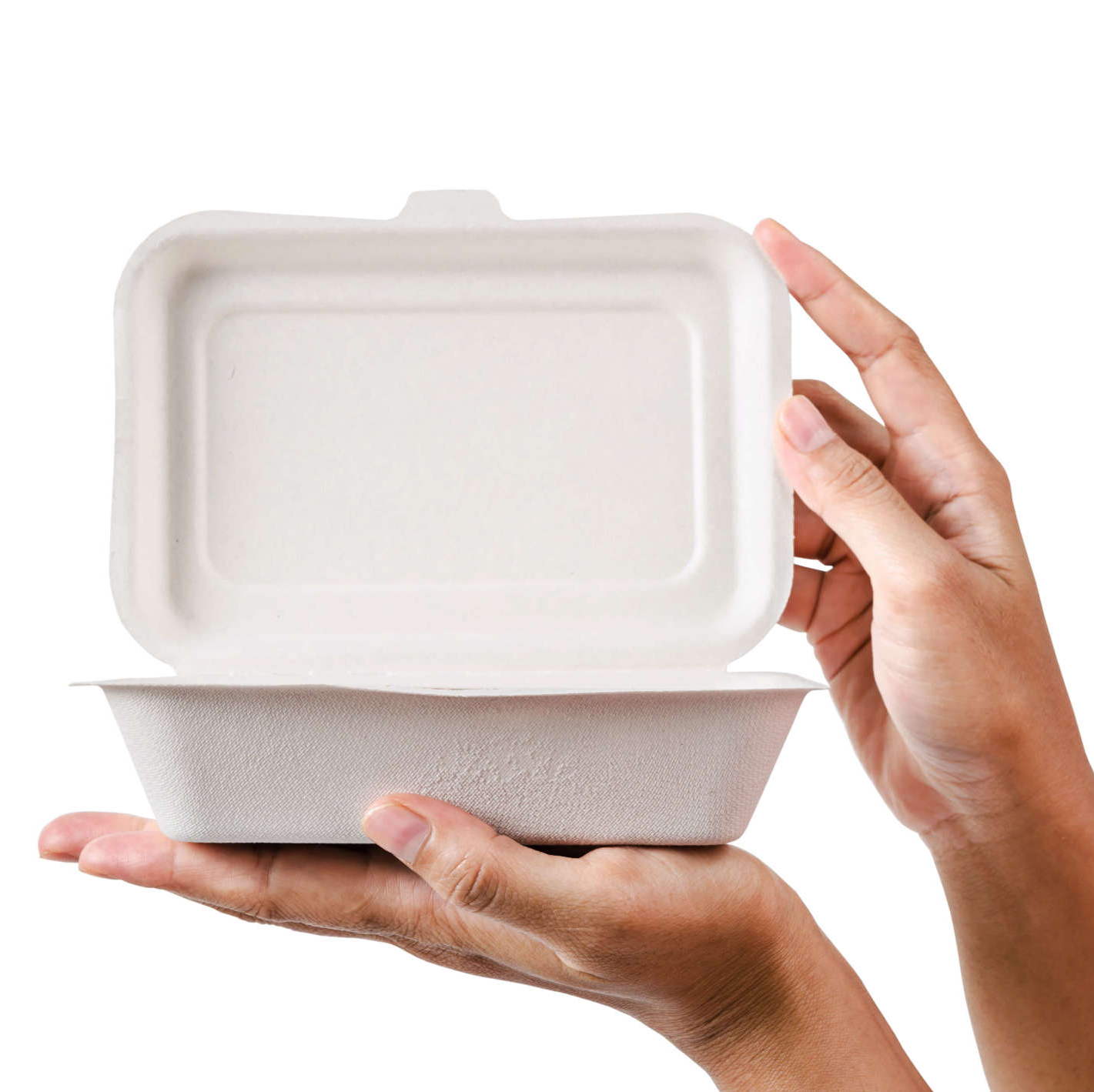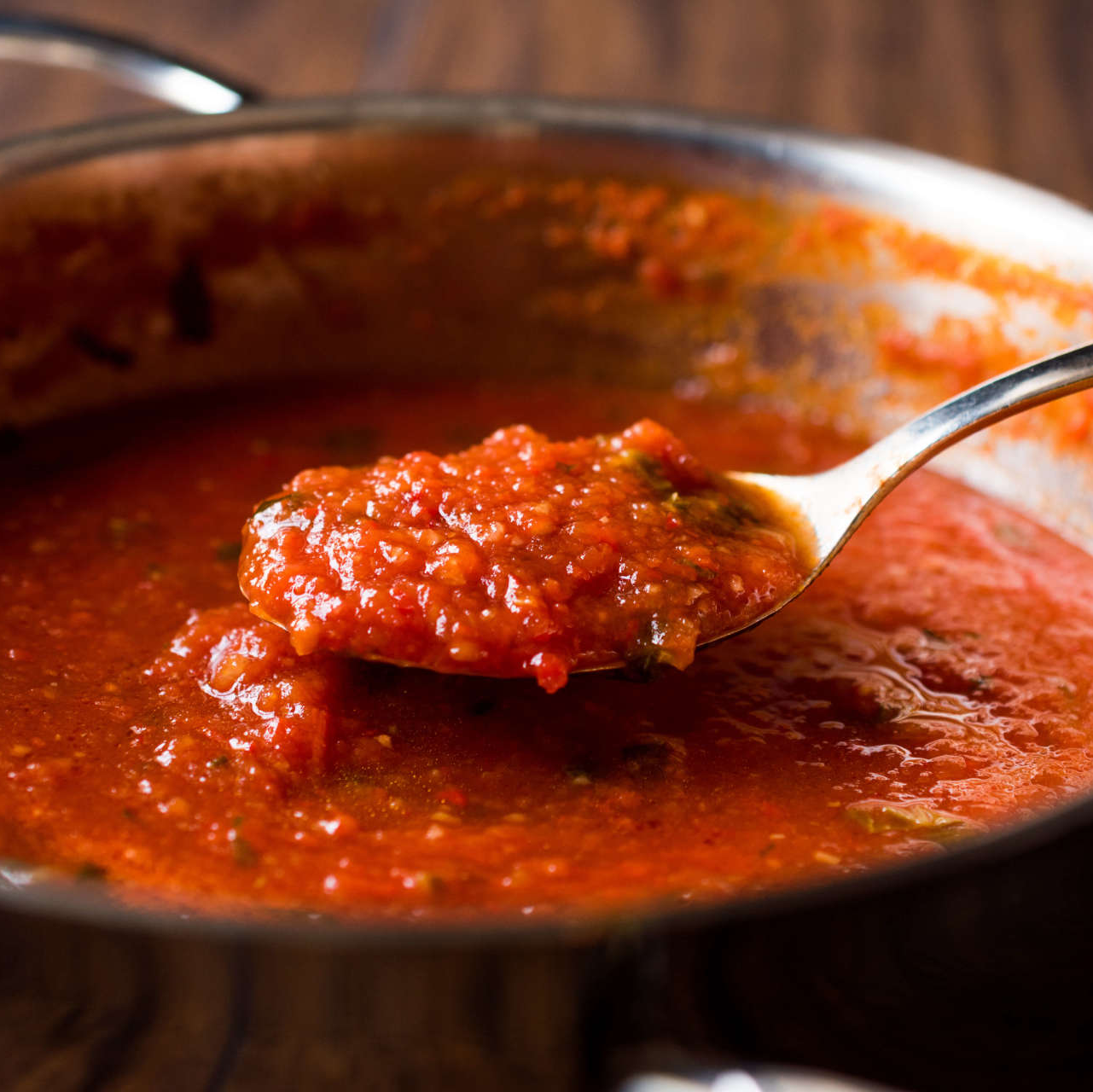How to Cook Pasta - Spaghetti Works
- By Spaghetti Works
- •
- 28 Aug, 2020

You cannot succeed as an Italian restaurant under the name Spaghetti Works if you don’t know how to cook pasta perfectly. If you don’t cook it enough and the pasta will be crunchy but cook it too long and the noodles become mushy. We would like to help you out in cooking the perfect pasta for any dinner occasion. Now great cooked pasta is only half the equation for a great Spaghetti dinner, be sure to get great pasta sauce as well, our sauces are now available to-go in 20 oz cups and 2-quart drums, so stop by and get yours today!
How to boil pasta?
- Fill Large Pot with water. You will want the pot to be large enough to ensure that the pasta can be submerged in the water without having to break it in half, and have enough room to allow the pasta to cook freely. This means the pasta should be seeming to move with the boil of the water vs. stuck to the bottom.
- Salt your water. This is a common thing a lot of pasta cookers forget. The salt not only helps the water come to a boil faster, but also helps the noodle get a more rough and prevents slimy noodles. The salt also helps enhance the flavor the pasta. According to Good Housekeeping’s Sherry Rujikarn: “My personal rule of thumb is to throw in a small palmful of salt for every 1 pound of pasta in a 7- or 8- quart pot.” Where this mean seem like a lot of sodium going into the pasta dish you are creating, don’t worry too much, a lot of the salt is actually not absorbed into the noodle.
- Bring the water to a boil. Don’t be in a rush when it comes to letting the pasta water boil, when you drop the pasta in, the water actually drops in temperature depending on how much pasta is placed in it. If your water is boiling rapidly, you are going to wait longer for the pasta to cook thoroughly and it becomes exceedingly difficult to judge when the pasta is cooked based on time.
- Stir in your pasta vs. dumping it in and continue to stir. A lot of people love cooking pasta because they boil the water, drop their handful of noodles and then leave and wait for the kitchen timer to go off to test if it is done. Unfortunately, that is not the best way, you want to stir the pasta this helps it avoid sticking to the bottom of the pot and becoming gummy and sticking to other noodles. It’s also important to note for longer noodles like spaghetti, angel hair, or linguine it’s going to be tempting to break the noodles in half or smash them into the pot so they are all cooking at the same time, just be patient and allow the noodles to naturally slip down into the pot as the bottoms cook. When the pasta is cooking you don’t need to continuously stir it, just simply scrape the noodles from the bottom around every minute of cooking.
- Strain the Pasta. Using a colander strainer, either dump your pasta into the colander or fish pasta from water using a pasta serving spoon. If you are choosing to dump all the water be sure to look at any sauce recipe too see if it calls for pasta water before straining. Once all pasta is in the colander or strainer, shake and toss the pasta manually. You want to get all of the water off the noodles to help ensure the sauce sticks to the noodles, vs. the sauce collecting in a pool of water on your plate.
How long should you cook pasta for?
Pasta is ideally cooked al dente, which means tender but firm to the bite. The cook times depends on if the pasta is fresh (not store bought or packaged) or dried (what you get from a package). Fresh pasta is usually cooked very briefly like reheating cooked pasta, sometimes to referred to as flash boiling. If you are using fresh pasta you will want to stay with your cooking noodles because it won’t be long before they are ready.
Dried pasta is the most common type of pasta cooked by a household. It’s not a crime to use dried pasta, it’s easier to store if you purchase to large of size and easier to cook. Dried pasta all comes with cooking instructions on the package, it’s important to read the time recommended. A few helpful pointers for you are:
- The time normally starts after the water returns to boiling. This is where allowing your water to come to raging boil comes in handy as the water will return or not stop boiling once the pasta is introduced.
- Read the package and be sure to note if after you introduce the pasta to the water it says something like “return water to a boil.” Some dried pasta packages include the time it should take for the water to return, if it does not include this you may want to check your pasta a minute before the low end cook time.
- Test at the low end of cook time. Don’t assume 8-12 minutes really means 10 minutes. It means it could be done in any range of that time. Check your pasta at the 8 minute mark and every 30 seconds afterwards to check for al dente quality.
- For fun and accuracy throw the noodles. It’s a common practice in households, if you throw the pasta against the wall and it sticks it’s good to eat, if it goes the floor cook some more. If it goes through the wall then call the doctor or a construction company since you’ve got bigger issue than just undercooked/overcooked pasta.


